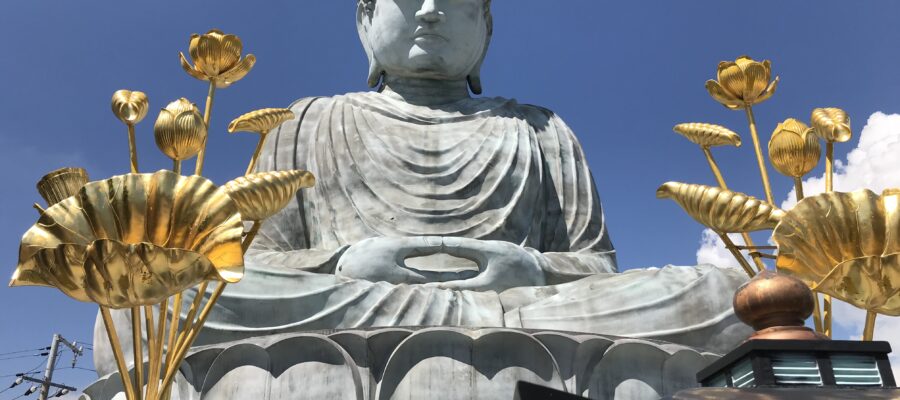神戸に大仏?
神戸に大仏がある?初めて聞いた時、何のことかさっぱりわかりませんでした。今回訪問したのは能福寺、新西国霊場の23番のお寺です。縁起によると、伝教大師最澄が遣唐使として帰国した途中、この地に上陸し、庶民が堂宇を建立して教化を請うたそうです。
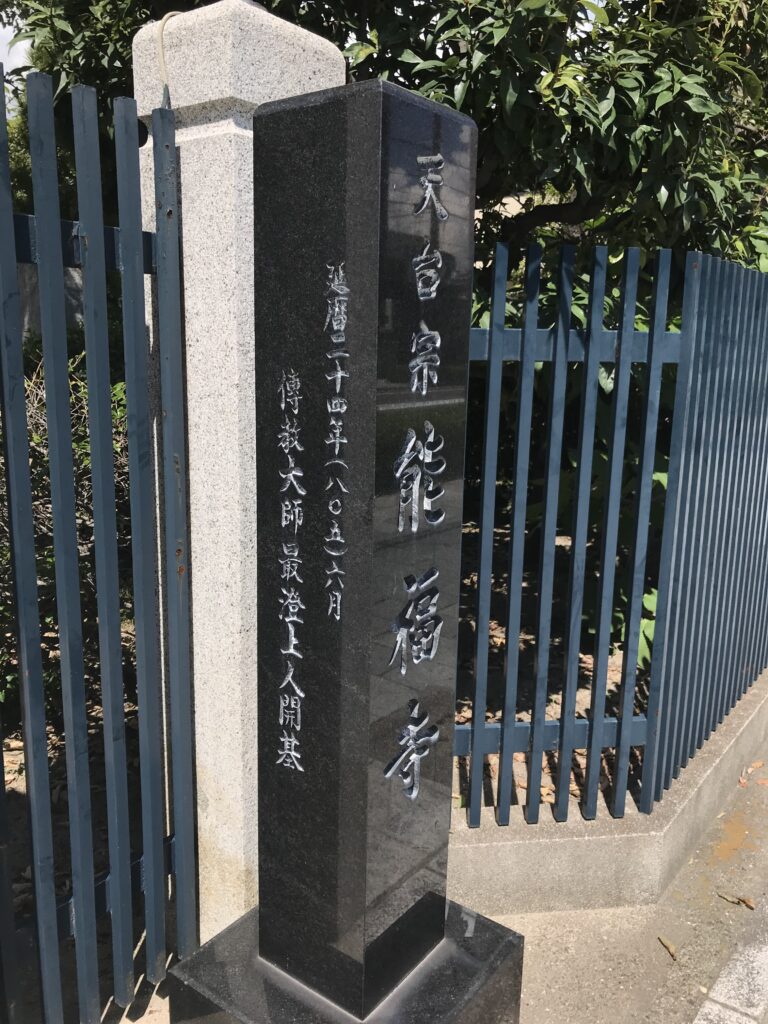
平家との縁が深いお寺
また、この地は平家ともゆかりがあり、平清盛が能福寺で剃髪したとの記録もあり、近くに清盛の塚もあります。当時は七堂伽藍を完備していたそうですが、1341年の兵火で全焼してしまいました。その後、1599年に堂宇が再建されました。
1891年建立の大仏様
さて、大仏ですが、お寺の門のそとからも既に見えています。大仏殿はなくて、境内の中、戸外に鎮座されているのが遠くからも見えます。この大仏は1891年に兵庫の豪商が青銅製の廬舎那仏を建立したのが始まりで、それほど古くはありません。
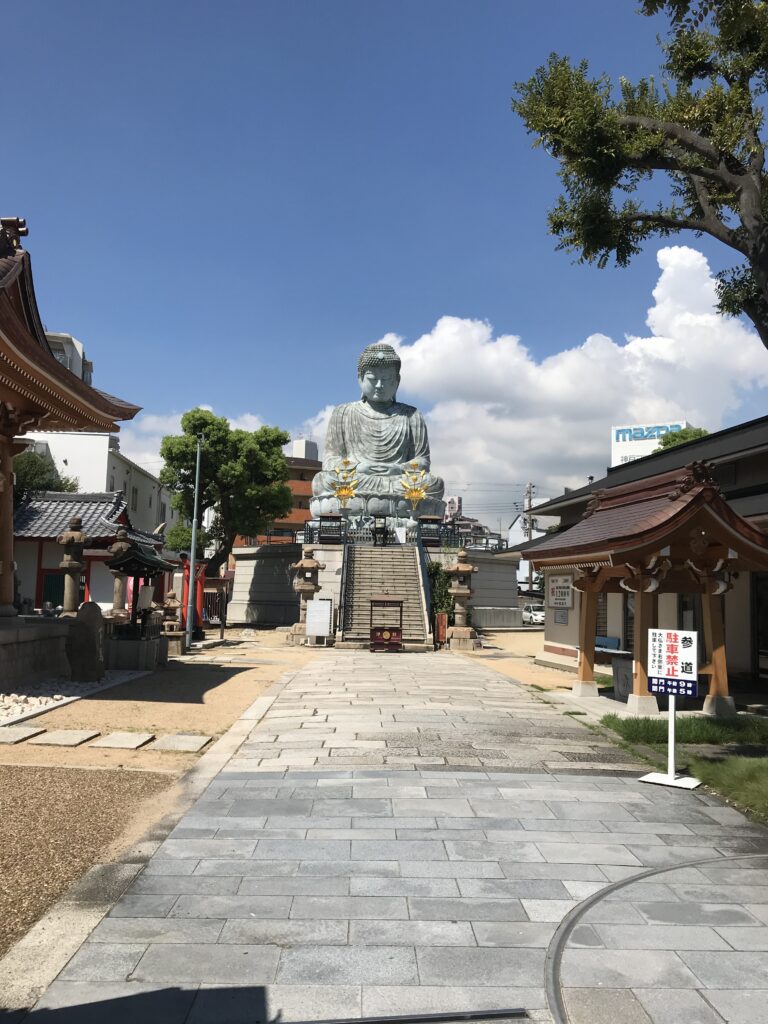
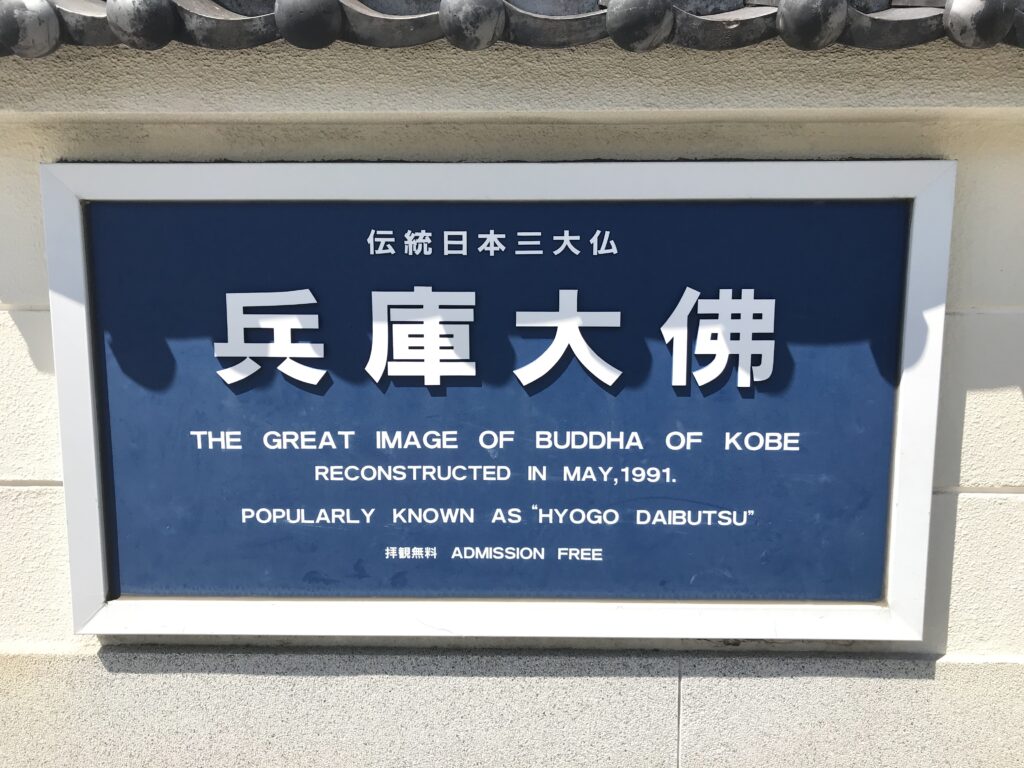
残念なことに、初代の大仏は第二次大戦時の金属回収のため、1944年に解体供出されてしまいました。平成になり、檀徒、市民、企業の方々による多数の協賛により、大仏が再建され、今日に至っています。
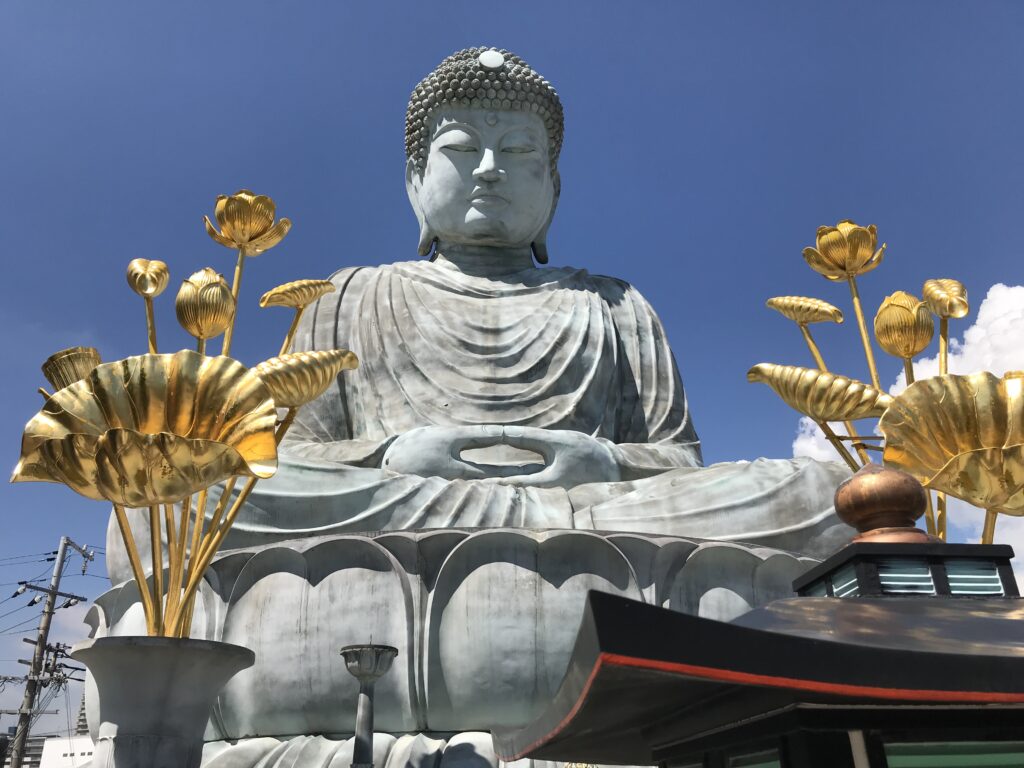
降り注ぐ太陽の下、大仏を仰ぎ見ると、立派な顔をされています。明治に初代が建立された際には、奈良、鎌倉と共に日本三大仏に数えられたそうです。大阪で生まれ育った私も、今まで全くしらなかった無名の大仏さんですが、ご興味のある方は、是非、ご訪問ください。
(完)
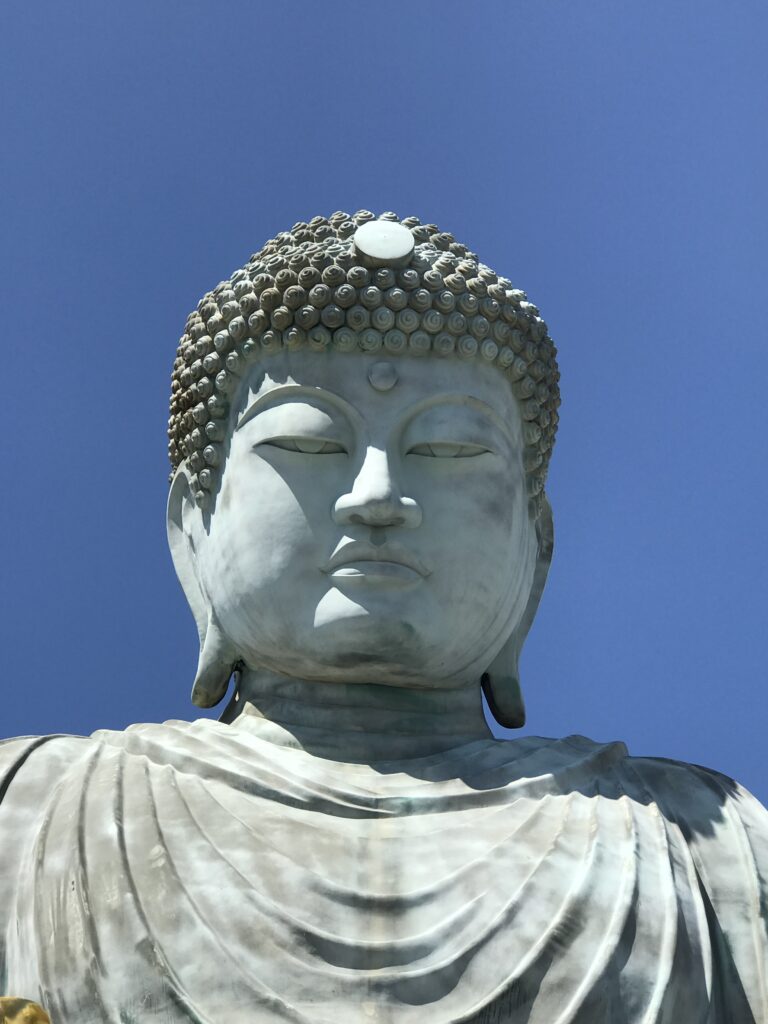
能福寺の御朱印

兵庫県のお土産
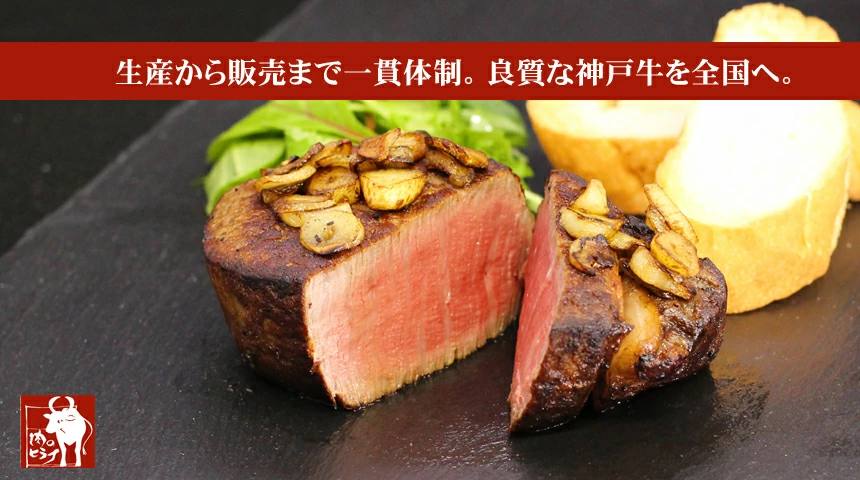
価格:8,640円
(2022/8/10 13:06時点)
感想(898件)
Temple Nofukuji (préfecture de Hyogo)
A Big Buddha in Kobe?
There is a Big Buddha in Kobe. When I first heard about it, I had no idea what it was. This time I visited Noufukuji Temple, the 23rd temple in the New Sacred Sites of the Western Japan. According to a legend, on his way back to Japan as an envoy to the Tang Dynasty, the great Buddhist missionary Saicho landed in this area and asked the common people to build a hall to teach him.
A temple with deep ties to the Heike clan
There is a record that Taira no Kiyomori shaved his head at Noufukuji Temple, and there is a mound of Kiyomori’s hair nearby. At that time, the temple was complete with seven halls, but it was completely burnt down in a military fire in 1341. The hall was rebuilt in 1599.
The Great Buddha built in 1891
Now, the Great Buddha is already visible from outside the temple gate. There is no Daibutsuden (Great Buddha Hall), but it can be seen from a distance sitting in the precincts of the temple, outside the doors. The Daibutsusama is not very old, dating back to 1891, when a wealthy merchant from Hyogo built a bronze Rushanabutsu statue.
Unfortunately, the original Daibutsu was dismantled and offered for sale in 1944 due to metal recovery during World War II. In the Heisei era (1989), the Daibutsu was reconstructed with the support of many parishioners, citizens, and businesses.
Looking up at the Daibutsu (Great Buddha) under the pouring sun, it has a magnificent face. When the first one was erected in the Meiji era (1868-1912), it was counted as one of the three great Buddhist statues in Japan along with Nara and Kamakura. Even though I was born and raised in Osaka, I had never heard of this obscure statue, but if you are interested in visiting, please do so. (End)
UTemple Nofukuji (Hyogo prefecture)n grand bouddha à Kobe ?
Un grand bouddha à Kobe ?
Il y a un grand bouddha à Kobe. La première fois que j’en ai entendu parler, je n’avais aucune idée de ce que c’était. Cette fois, j’ai visité le temple Noufukuji, le 23e temple des nouveaux sites sacrés de l’ouest du Japon. Selon une légende, sur le chemin du retour au Japon en tant qu’envoyé de la dynastie Tang, le grand missionnaire bouddhiste Saicho a atterri dans cette région et a demandé aux gens du peuple de construire une salle pour l’enseigner.
Un temple profondément lié au clan Heike
On sait que Taira no Kiyomori s’est rasé la tête au temple Noufukuji et qu’il y a un monticule de cheveux de Kiyomori à proximité. À cette époque, le temple comptait sept salles, mais il a été entièrement brûlé lors d’un incendie militaire en 1341. Le hall a été reconstruit en 1599.
Le Grand Bouddha construit en 1891
Aujourd’hui, le Grand Bouddha est déjà visible depuis l’extérieur de la porte du temple. Il n’y a pas de Daibutsuden (salle du Grand Bouddha), mais on peut le voir de loin, assis dans l’enceinte du temple, à l’extérieur des portes. Le Daibutsusama n’est pas très ancien, il date de 1891, lorsqu’un riche marchand de Hyogo a fait construire une statue de bronze de Rushanabutsu.
Malheureusement, le Daibutsu original a été démantelé et mis en vente en 1944 en raison de la récupération des métaux pendant la Seconde Guerre mondiale. À l’ère Heisei (1989), le Daibutsu a été reconstruit avec le soutien de nombreux paroissiens, citoyens et entreprises.
Si l’on regarde le Daibutsu (Grand Bouddha) sous un soleil de plomb, il présente un visage magnifique. Lorsque la première statue a été érigée à l’ère Meiji (1868-1912), elle était considérée comme l’une des trois grandes statues bouddhiques du Japon, avec Nara et Kamakura. Bien que je sois né et que j’aie grandi à Osaka, je n’avais jamais entendu parler de cette statue obscure, mais si vous souhaitez la visiter, n’hésitez pas à le faire. (Fin)
